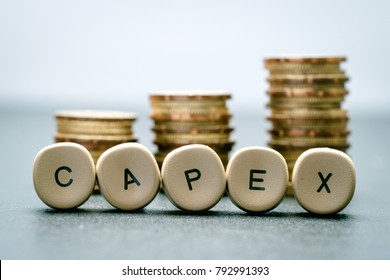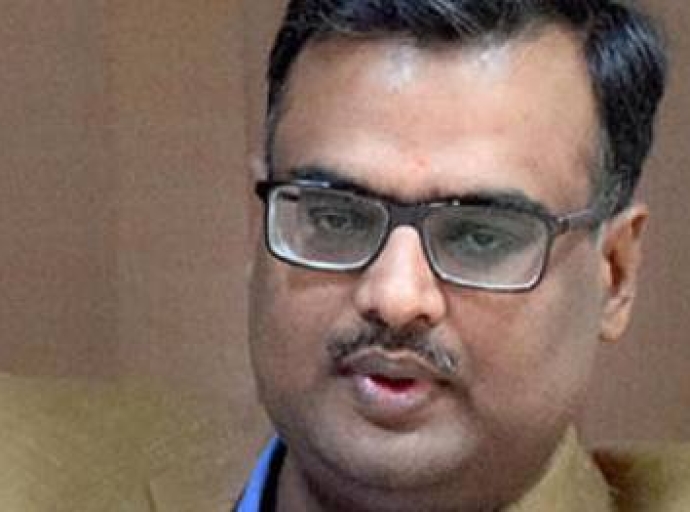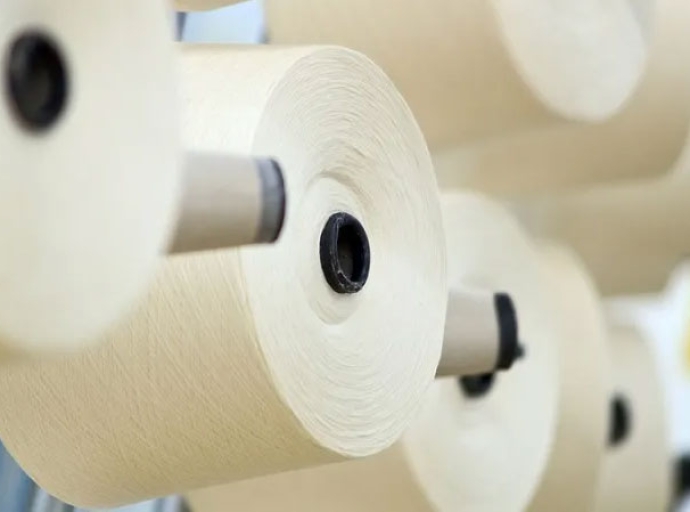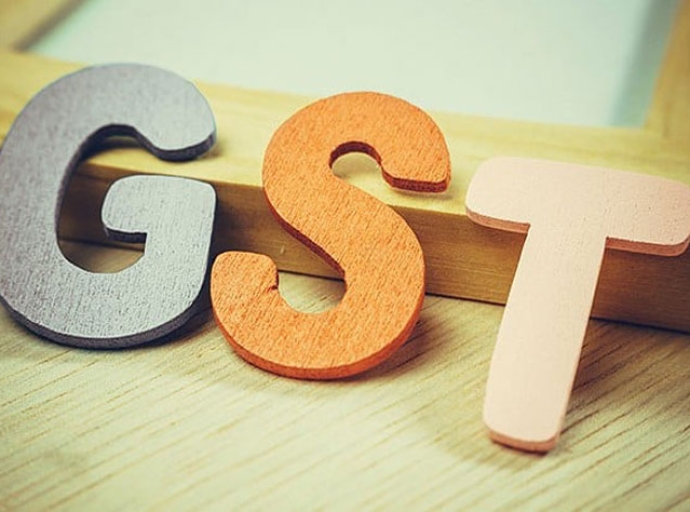05 January 2022, Mumbai:
As Omicron instances spread across India, clothing firms are scrambling to safeguard the safety of their workers and employees. Factories ensure that everyone on the premises observes the Covid code of conduct.
The good news is that absenteeism hasn't risen yet, and workers are becoming more responsible, which helps the manufacturers. There was some hesitation on the part of workers, as well as the total staff of factories, to follow the Covid acceptable behaviour in the previous several months, but things have now completely changed.
No one is allowed inside the factory without a mask, or without properly wearing a mask, or without sanitising, according to Raj Kapur, VP, HR & Admin, Wear Well India, Noida. "Everyone is being pushed to guarantee appropriate sanitisation and provide enough sanitisers across the factory."
From morning through tea break to lunch, our employees are on the lookout to ensure that no one disregards the Covid code of conduct," he stated. Wear Well India is a significant exporter of women's and children's clothing.
Not just the factory's HR and admin staff, but also the company's senior executives are assuring that there is no slackening in this respect.
Some manufacturers provide masks to their employees on a regular basis in order to instill a feeling of responsibility in them. It is important to note that factories are fully booked, and with a labour scarcity currently in place, employers are not willing to take any chances.
"In Delhi, there is already a weekend curfew, and now UP and Haryana are considering similar measures." So our first goal is to finish whatever orders are already being processed on the shop floor," said a senior executive of a firm with plants in Noida and Gurugram.
Dear Reader, we at DFU Publications are committed to providing the latest news updates on trade development and insights, to keep our readers informed. Stay tuned. Subscribe to our newsletter.
DAILY NEWS:

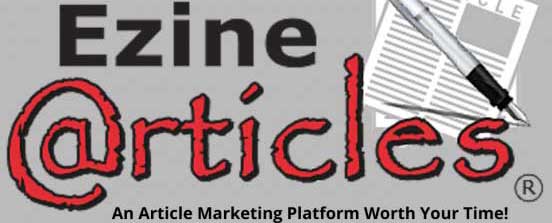
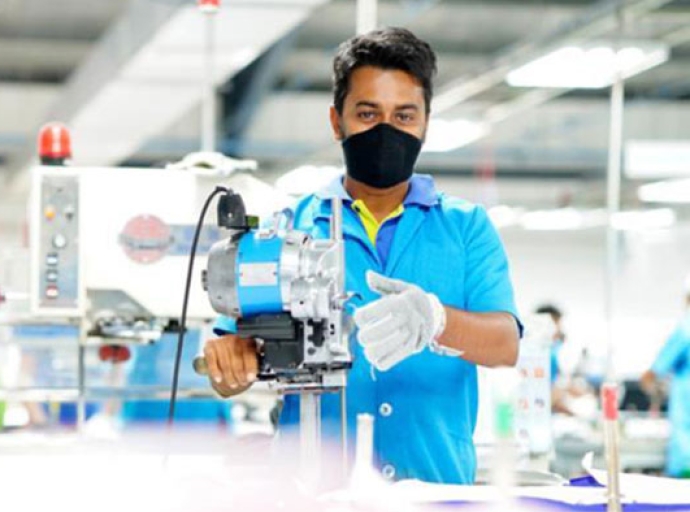

_thumbnail.jpg)
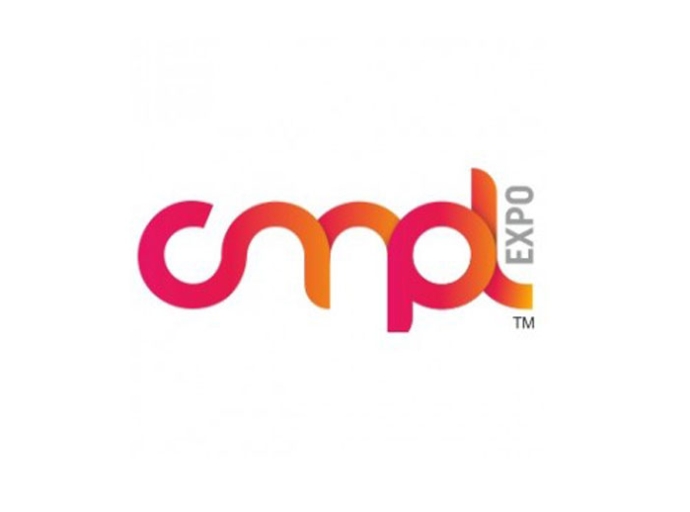
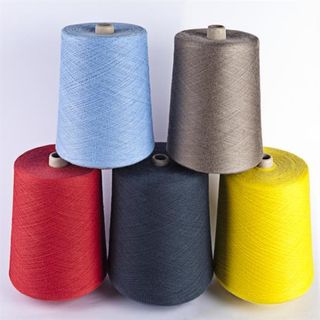
_thumbnail.jpg)
_thumbnail.jpeg)
_thumbnail.jpeg)
_thumbnail.jpg)
